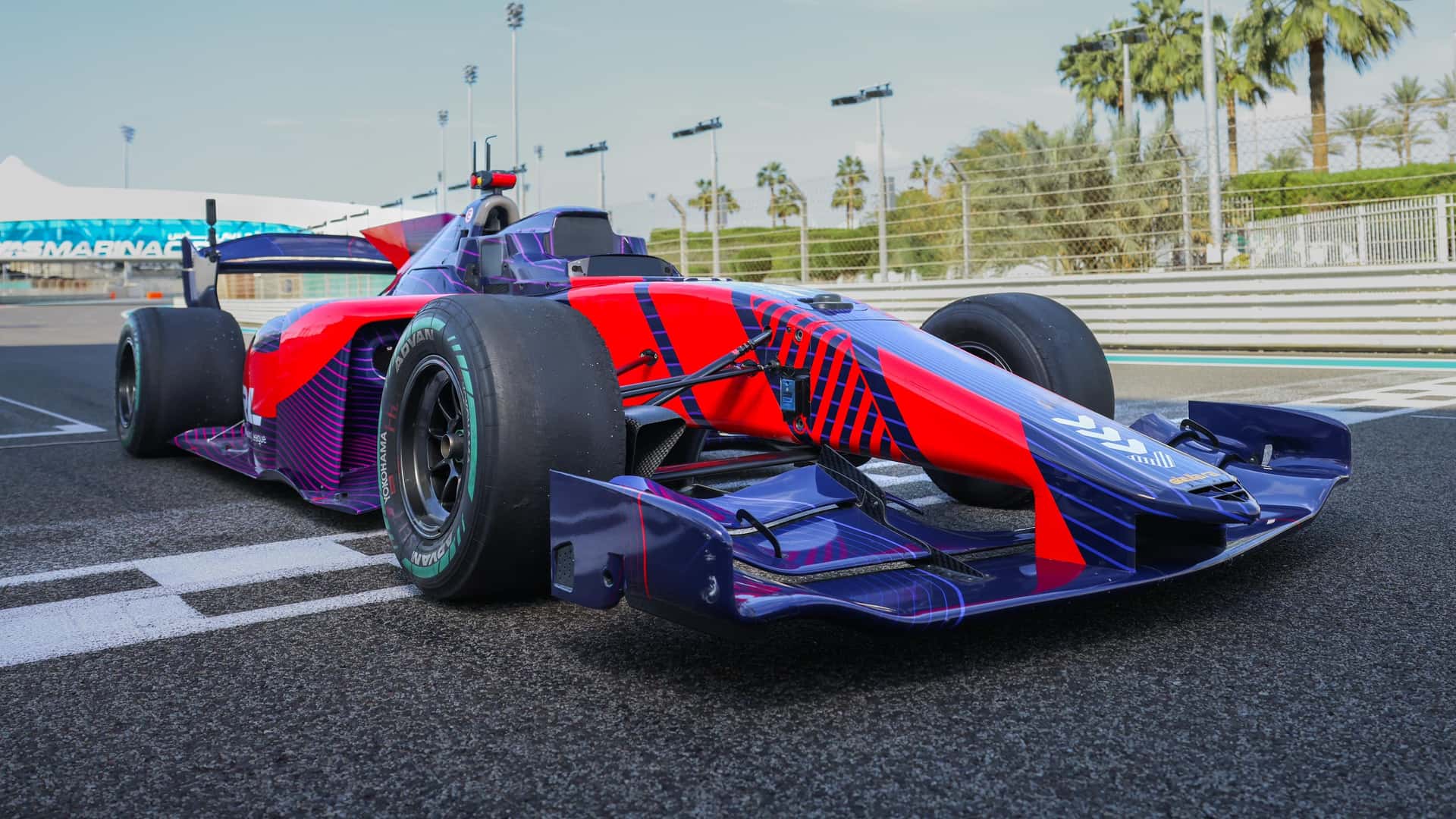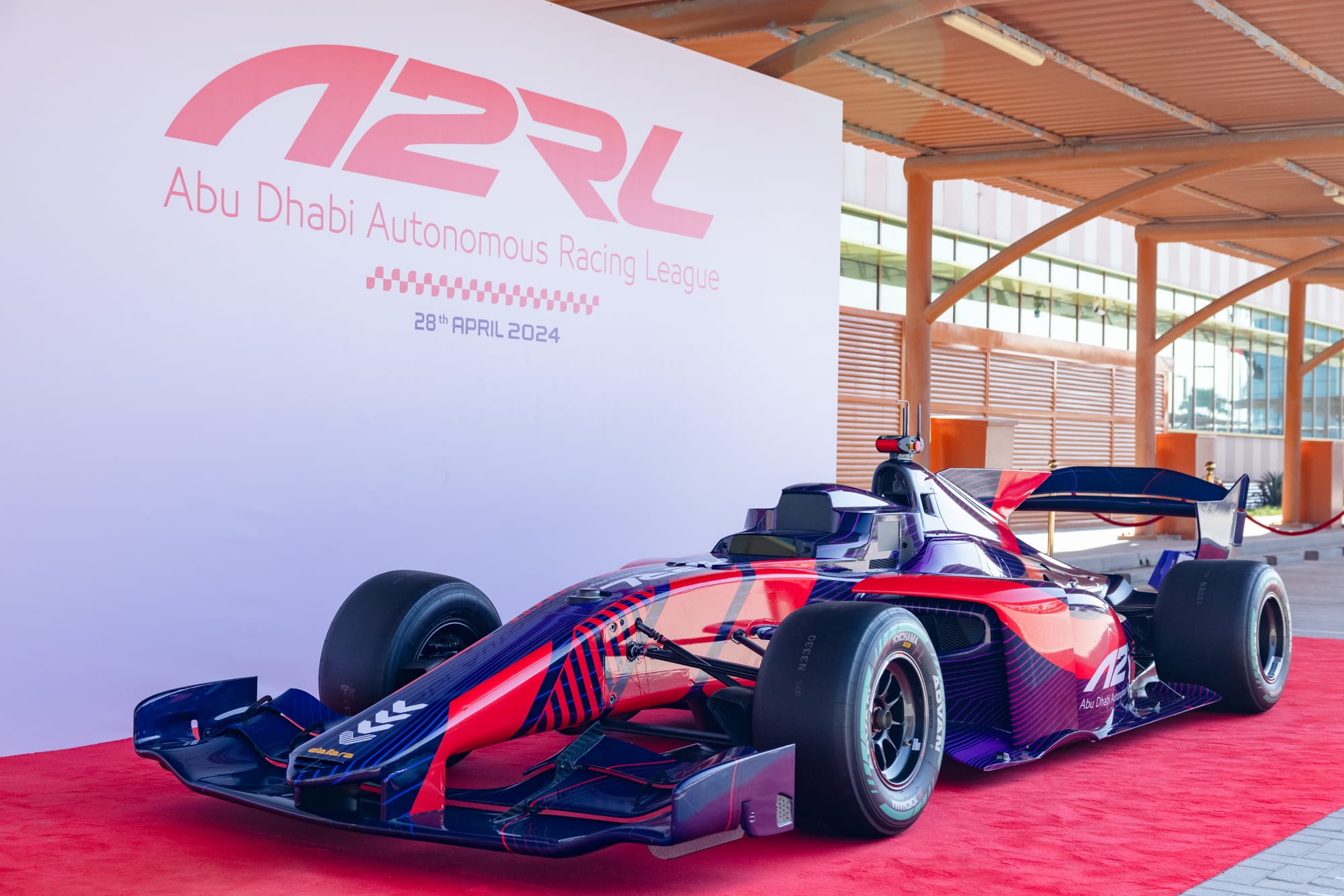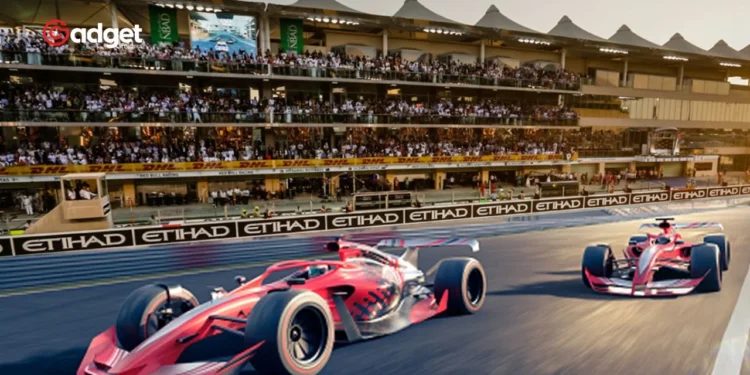In the fast-evolving world of motorsports, the Abu Dhabi Autonomous Racing League (A2RL) is blazing new trails with a concept that is as exciting as it is contentious: driverless racing. At the heart of this technological feat is the Yas Marina Circuit on Yas Island, an artificial paradise that’s quickly transforming into a hub for high-tech tests and thrilling races—without a human behind the wheel.
The scene at the A2RL event was nothing short of cinematic. Brightly colored Dallara Super Formula cars, engineered to operate without a human driver, lined up on the race track, ready to challenge the conventions of traditional racing.

The Highs and Lows of Driverless Racing
The concept of racing without a driver at the controls has stirred mixed feelings among enthusiasts and skeptics alike. “No one’s entirely sure if driverless racing will be any good to watch,” began the spectacle, a testament to both the intrigue and uncertainty that surrounds this burgeoning sport. However, as the cars roared to life and navigated the track, the audience of 10,000 at Yas Marina was treated to a display of raw, mechanical choreography.
Driverless cars face immense challenges, particularly in achieving high-speed maneuverability and decision-making autonomy. Despite these hurdles, the A2RL event showcased vehicles that, while not yet matching human lap times, demonstrated significant advances in autonomous technology. Not every attempt was successful, but the cars that managed quick laps offered a glimpse into a potential future where technology and traditional motorsport converge.
Abu Dhabi's Autonomous Racing League got off to a rough start over the weekend.
The Formula 1-style race, the first of its kind, saw its fair share of blunders and crashes with driverless racing cars spinning helplessly and running off the track. One car even crashed into a wall… pic.twitter.com/DIWk5V0HTi
— Alvin Foo (@alvinfoo) April 29, 2024
Technology Meets Tradition on the Track
Yas Island is more than just a venue for racing; it’s a symbol of Abu Dhabi’s ambition to reinvent itself as a technology and tourism powerhouse. The island boasts not only leisure attractions like theme parks and hotels but also serves as a crucial testing ground for innovations like those seen at the A2RL.
Aspire’s Technology Innovation Institute (TII), the force behind A2RL, chose the Dallara chassis for its versatility and accessibility compared to the exorbitant costs of using Formula 1 cars. This decision underscores a practical approach to technological experimentation, blending the worlds of IndyCar, Formula E, and now autonomous racing under the banner of accessibility and advancement.

Looking Ahead: The Road to Next Year
The aftermath of the A2RL event is a mix of data collection and strategic recalibrations. Teams left the track armed with valuable insights that will fuel next year’s developments. “After a year of development, six weeks of code-jam crunch, and 14 days of practice, teams are going home with suitcases full of data,” commented one team member, highlighting the rigorous preparation and learning integral to the sport’s evolution.
While it’s uncertain if driverless racing will capture the hearts of traditional racing fans, the A2RL serves as a fascinating laboratory for the future of autonomous vehicles in high-stakes environments. Whether it’s the spectacle of the race or the technological wizardry that powers it, Abu Dhabi’s venture into unmanned motorsports continues to push the boundaries of what’s possible on the track.










